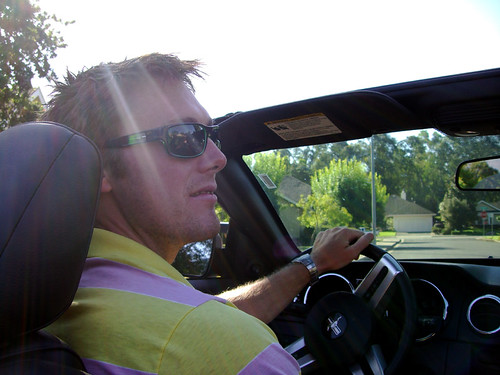How did they do that?

I've been thinking a lot about those old bikes with the huge front wheels recently. Nothing about them has ever really made any sense to me. It always seemed like the whole thing was designed to make riding the bike as difficult as possible. Why make the wheels so different in size? And who thought that would be a good idea? How does one go about getting on? What happens if you have to stop? And most importantly, with a wheel that big, how did your feet even reach the peddles? Well, I've done a little bit of reading and I think I have answers to all of those questions now.
1. The important thing here is that these bikes were made before anyone had thought to put a chain on a bike. I guess I knew that already, I just hadn't considered all of the implications of that detail. What this means is that the pedals are connected directly to the axel of one of the wheels. So, each turn of the pedals equals exactly one turn of the wheel. The bigger the wheel, the further you go on each rotation. The more distance you travel with each turn of the pedals, the faster you go at a specific rate of pedalling.
2. James Starley
3. There's a peg just above the back wheel to step on while you run the bike to get it going. Then you jump on top.
4. You don't stop. Or turn really. Fast stops meant going over the handle bars. The fact that your feet were connected to the wheel being turned, but not your body that was sitting on the frame, made turns mild at best.
5. Well, the diameter of the wheel could only be as big as your inseam. Or really the distance from the bottom peddle to the seat could only be as big as your inseam. A shorter crank shaft meant that you could have a bigger wheel, but a harder ride.
This blog has been brought to you by The National Endownment for the Arts, the letter B, and these guys.


2 comments:
So i would be essentially riding a normal sized bike?
Did you know that these were the original bicycles and that they were actually called "Hobby Horses?"
Post a Comment